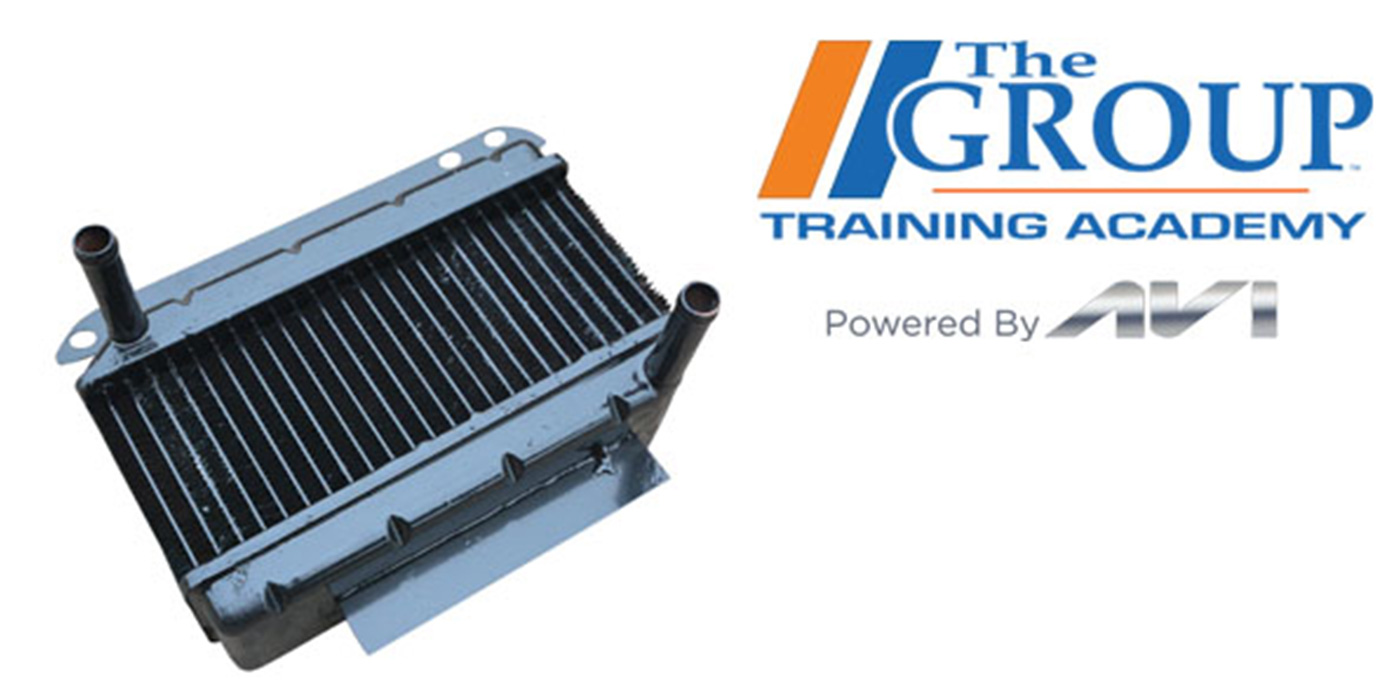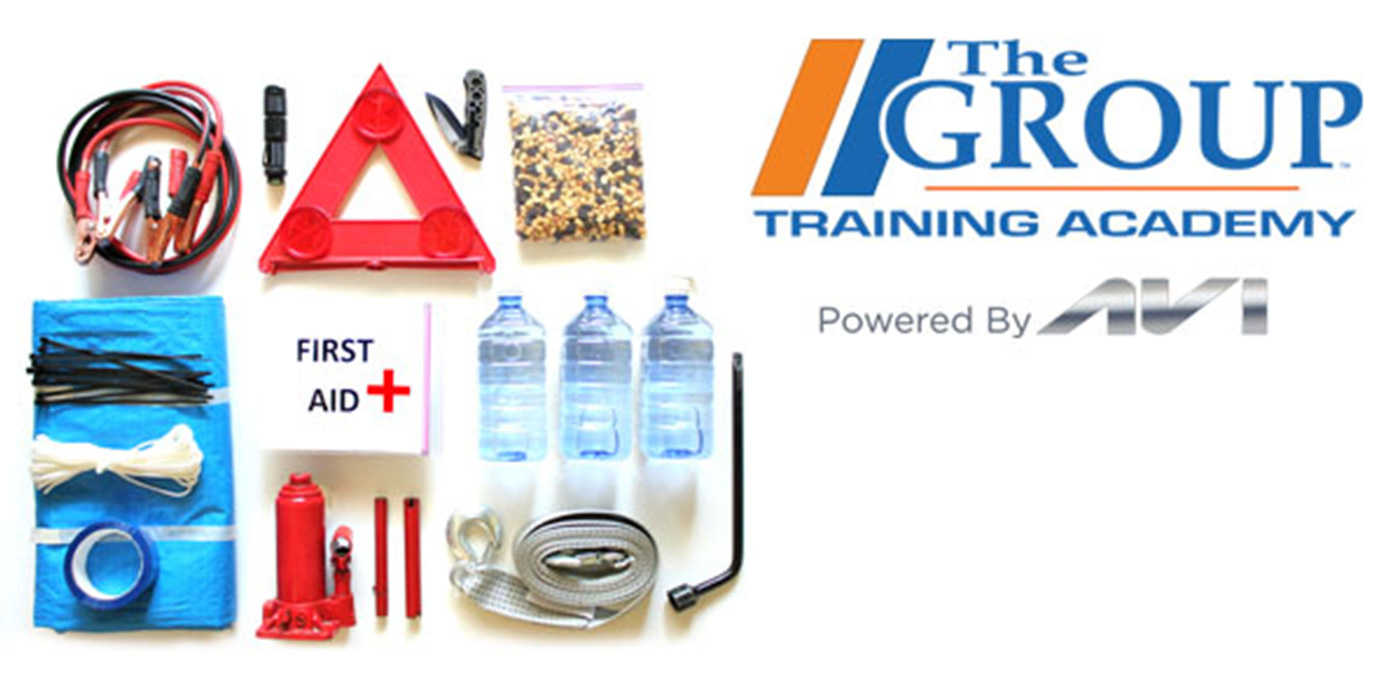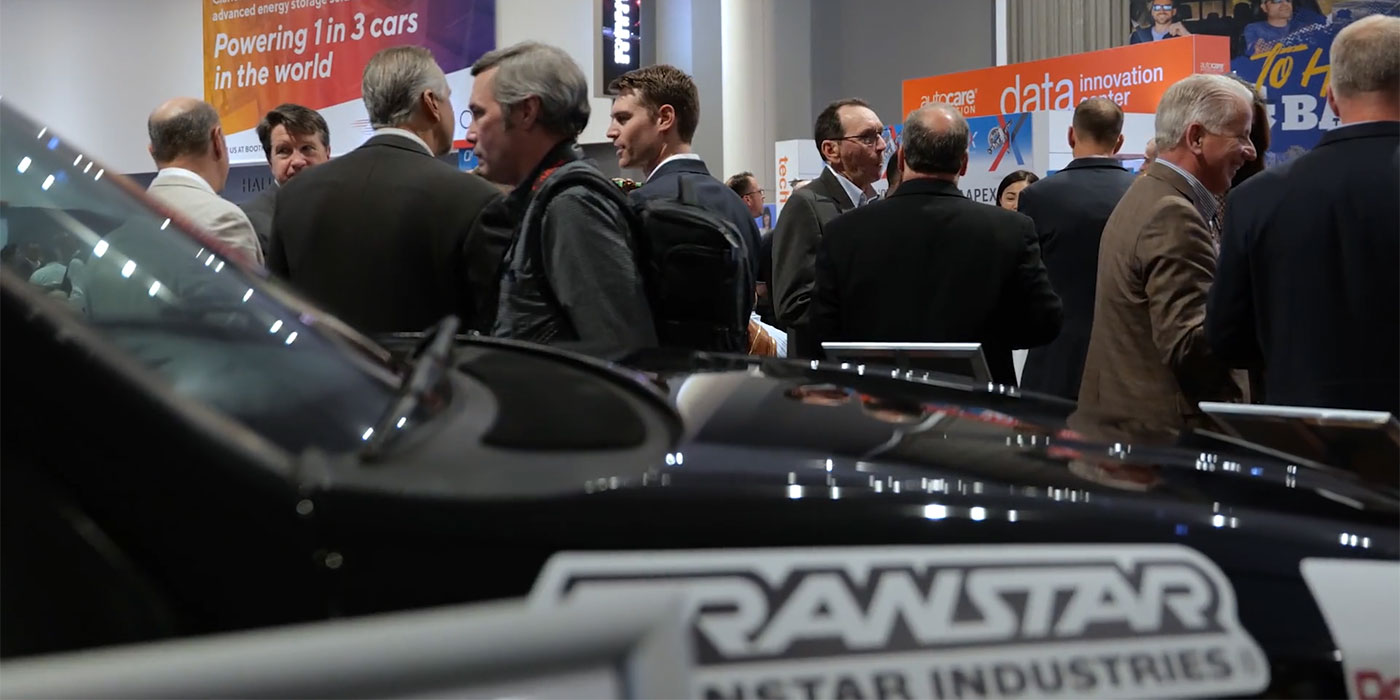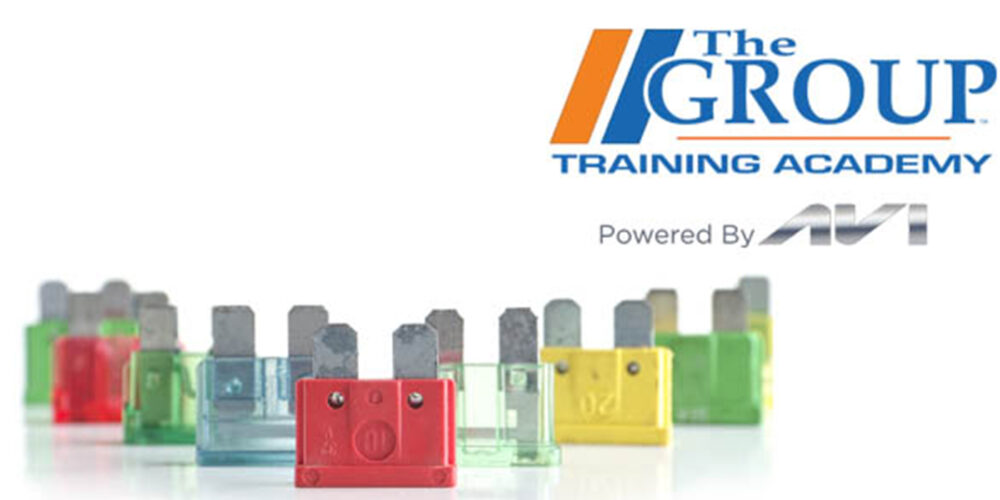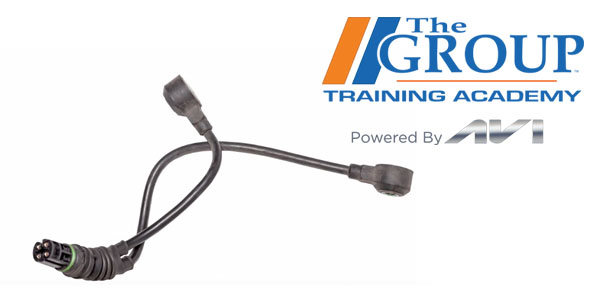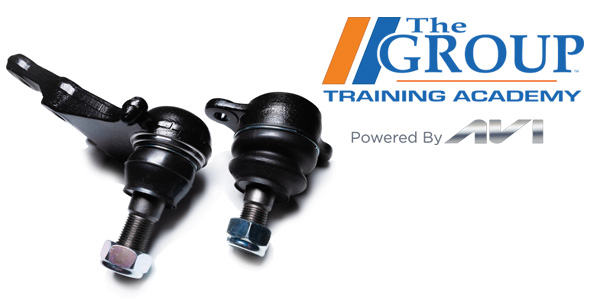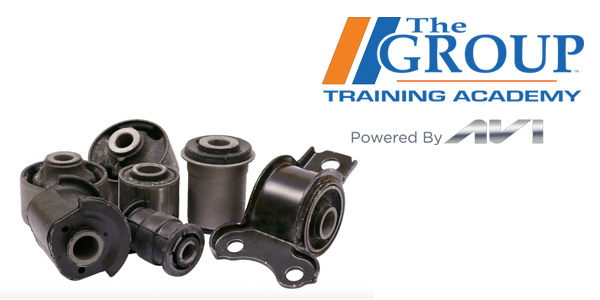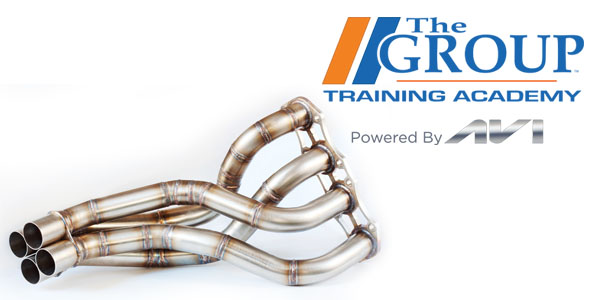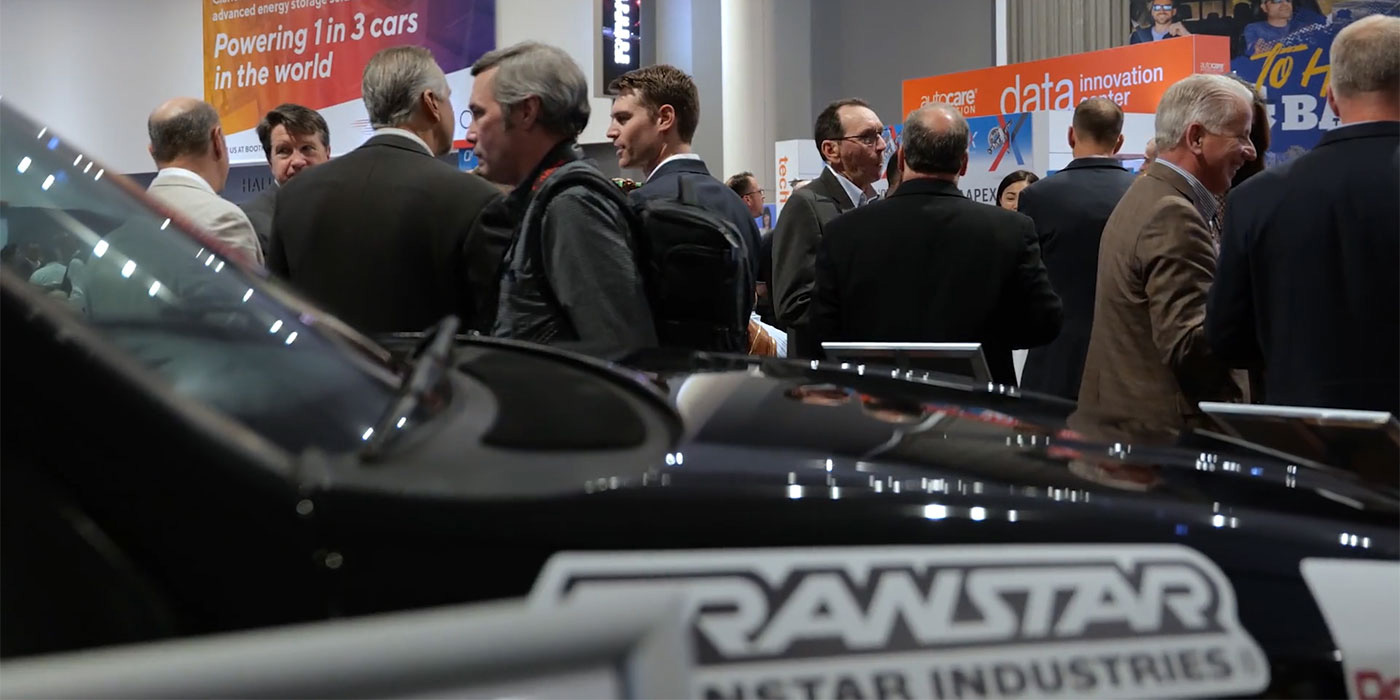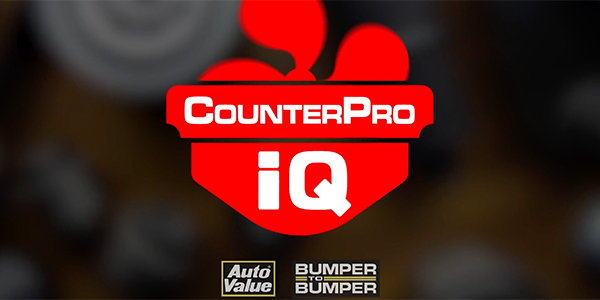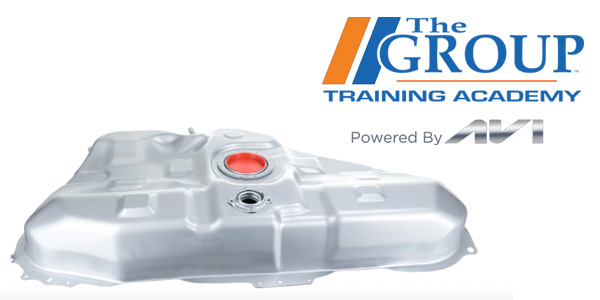Have you ever loaded up your vehicle with some really heavy stuff in the trunk and the front of the vehicle was pointed toward the moon?
That’s because the springs in the rear of the vehicle were not designed to carry that much extra weight. This has been an issue ever since suspensions were added to vehicles. If there was only some way to increase the load-carrying capabilities of a suspension system.
Actually, this is not a new problem. Way back in 1901, a patent was applied for to level a bicycle suspension with the use of air. Over the next few decades, many ideas and applications were used by both militaries and truck/automotive manufacturers. It was not until 1950 that the Automotive Air Lift company developed and marketed an air bag system that could be retrofitted onto vehicles. This system utilized a rubber air chamber to assist the existing spring system.
Since then, many different varieties have been tried. The air bag is one that is used to raise the ride height and carrying capacity of a vehicle. That can be place on the inside of a coil spring or between two brackets on a leaf spring system. These can be pumped up by external air sources or with an onboard compressor. This allows for the adjustment of the system while driving.
Another type of air ride that gained popularity during the 1960s and 70’s were air shocks. This type actually had an air bladder within the shock absorber itself. These were typically pumped up by an external source and then air could be released when the additional load was no longer in the vehicle.
In the early 80’s, a complete air spring system gained in popularity. This system replaced the actual steel springs with an inflatable bag in each corner of the vehicle. With the use of a ride-height sensor and the onboard computer, the level of the vehicle could be maintained automatically.
All of these systems require maintenance, and they fail over time. Rubber air chambers deteriorate in the harsh environments under a vehicle and must be replaced. Seals, air lines and electronic components are also subject to wear and tear.
These systems vary greatly. Today there are traditional air systems as well as air-over-magnetic and air-over-hydraulic. The more complex they are, the more components there are to maintain. Be sure to follow manufacturer’s procedures for servicing these systems or selling them to your repairer customer.
This video is sponsored by the Pronto Network.

